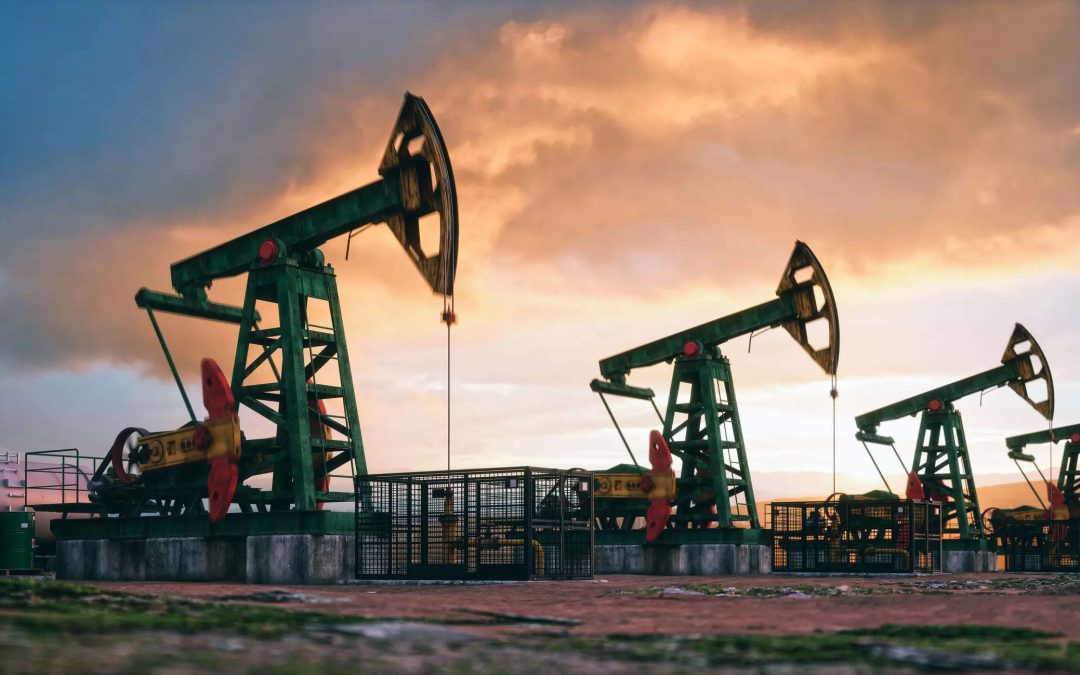Russian state carrier Sovcomflot made a strong return to its home turf to transport crude in August, keeping the share of Russia’s shipments outside of the G7 price cap above 80% Data from S&P Global Commodities at Sea and Maritime Intelligence Risk Suite showed tankers owned by the company, sanctioned by various Western authorities. loaded 20.9 million barrels of Russian crude last month compared with 12.8 million barrels in July.
Sovcomflot’s low volume in July came as the EU and UK backlisted 32 “shadow” tankers transporting Russian crude above the price cap of $60/b in recent months, many of which linked to the company, a development some industry observers and data suggested would disrupt its operations.
But CAS figures showed Sovcomflot could increase loadings from Russia last month even though just one of the recently sanctioned ships resumed trading, displaying the company’s capacity with multinational operations.
Of the 23 Sovcomflot-owned tankers lifting from Russia in August, six were operated by the company’s affiliates based in the UAE and the rest by its affiliates in Russia.
Most of the shipments were Urals to India and the Eastern Siberia-Pacific Ocean blend to China.
Some analysts, including Nikesh Shukla at S&P Global Commodity Insights, have suggested any disruptions to Russian crude exports by sanctions could prove temporary if top buyers India and China are willing to receive Sovcomflot tankers.
China has vocally opposed sanctions against Russia since the war between Russian and
Ukraine broke out in February 2022. The Financial Times reported Russia has been buying
critical electronics, components for its war efforts, in India after amassing rupees from oil sales
Platts, part of Commodity Insights, assessed the price for Urals on an FOB Primorsk basis at $67.204/b on average in August, and front-month loading ESPO (Singapore) on an FOB
Kozmino basis at $71.625/b. Both were above the G7 cap.
“I lost all faith in enforcing sanctions,” said Lars Barstad, CEO of Frontline, one of the world’s largest tanker operators, in a recent conference call
Going by nationality, CAS and MIRS data suggested UAE-based tanker operators lifted their shipments to 19.2 million barrels in August from 11.1 million barrels in July while Russia-based operators increased shipments to 15.2 million barrels from 10.6 million barrels, largely due to the Sovcomflot volumes.
High share
The CAS and MIRS data suggested 81.5% of Russian crude exports in August were lifted by tankers not flagged, owned or operated by companies based in the G7, the EU, Australia, Switzerland and Norway, and not insured by Western protection and indemnity clubs.
This was lower than 82.7% in July, but still the third-highest monthly reading since December 2022. when G7 members and their allies banned maritime services firms subject to their jurisdictions from Russian crude exports unless the oil was sold below the cap.
Russia’s total seaborne crude exports rose to over 3.3 million b/d last month from 3.2 million b/d in July, still below the usual level of 3.5 million b/d due to Moscow’s improved compliance with OPEC+ output cuts.
US officials said the price cap had forced Russia to make a hefty investment in obtaining shadow tonnage with state interests and opaque operators, but Frontline’s Barstad suggested freight costs for shipping sanctioned oil could fall due to increased supply.
*This kind of dark or gray fleet is growing. It’s supplied by the aging of the overall tanker fleet” Barstad said. “Because we have zero scrapping, at some point… We will actually start to have an overcrowded, kind of oversupplied sanctioned market”
Since the price cap came into force, the average age of tankers transporting Russian crude outside of the cap is 16.5 years, while that of tankers within the G7 cap is 13.3 years, according to CAS and MIRS data.
Frontline estimates about 6% of the global VLCC, Suezmax and Aframax tanker fleet is sanctioned by the US Office of Foreign Asset Control Those ships are expected to find Russia as their largest demand source.
Source: Platts





